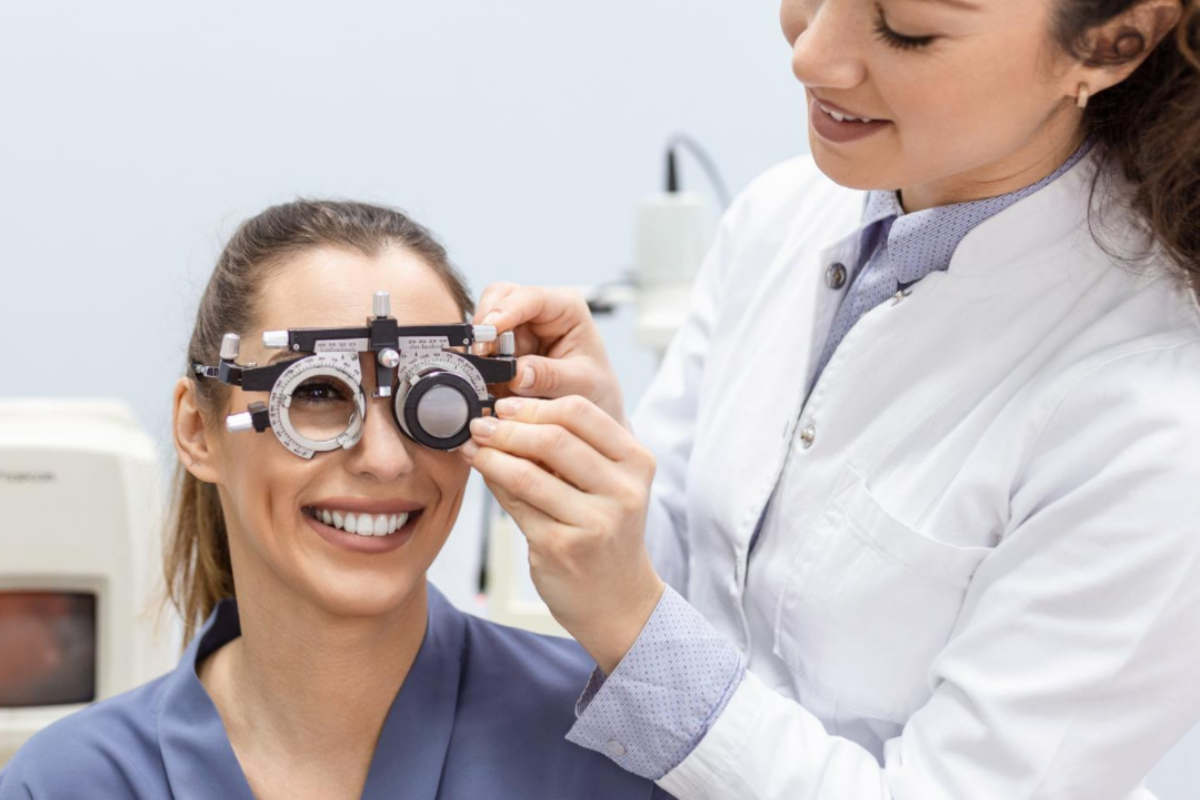Below is an updated review of RevitalVision’s published data on amblyopia.
6 published studies have evaluated the efficacy of RevitalVision in patients with Amblyopia: 4 randomized controlled trials and 2 single-arm studies.
Here is a summary review of the clinical data.
2022 – Vision Development & Rehabilitation (COVD)
Damaris et al. evaluated the efficacy of RevitalVision in 45 adult amblyopic patients (ages 8-48). All subjects underwent at least 6 months of part-time occlusion therapy with no improvement prior to starting the study program. Mean distance BCVA improved significantly from 0.54 LogMAR to 0.32 LogMAR (P˂.001).
2022 – Journal of Clinical Medicine
Zhong et al. evaluated the efficacy of RevitalVision in 25 children with deprivation amblyopia secondary to keratoplasty (age 8.5-12). The subjects were randomized to the treatment group, who were treated with part-time patching plus RevitalVision’s perceptual learning program, and a control group, who were treated with part-time patching only. Mean distance BCVA improved significantly in the treatment group from 0.63 LogMAR to 0.32 LogMAR. 0.31 lines in the treatment group vs 0.02 lines in the control group. CSF improved significantly in the treatment group vs the control group (P=0.001).
2021 – Restorative Neurology and Neuroscience
Battaglini et al. evaluated the efficacy of RevitalVision in 6 adult patients with albinism and bilateral amblyopia (age 11-64), vs 6 normal sight subjects. Both groups underwent RevitalVision’s therapy program. Mean distance BCVA improved significantly in the treatment group from 0.59 LogMAR to 0.38 LogMAR. 0.21 lines, with no improvement in the control group (group P=0.01).
2013 – Clinical Ophthalmology
Yalcin et al. evaluated the efficacy of RevitalVision in 99 adult patients with anisometropic amblyopia (age 9-50), who were randomized to 53 patients who underwent RevitalVision therapy program, and 46 patients in the control group, who underwent placebo vision training, using computer games. Mean distance BCVA improved significantly in the treatment group from 0.42 LogMAR to 0.16 LogMAR. improving 0.26 LogMAR lines (P=0.001), vs 0.08 LogMAR (no improvement) in the control group. CSF improved significantly in the treatment group 100% in F.A.C.T sine wave, with stable results 8 months post-treatment.
2009 – Vision Research
Polat et al. evaluated the efficacy of RevitalVision in 5 children with amblyopia (age 7-8) who were non-compliant with patching, or in whom patching had failed despite good compliance. For the whole group, the average improvement in BCVA was 2.12 in ETDRS lines. CSF improved significantly back to the normal range.
2004 – PNAS
Polat et al. studied 54 adult amblyopic patients (age 9-55) randomized to RevitalVision treatment or a placebo vision-training program. Pretreatment visual acuity in both study arms was 0.42 LogMAR, and this improved by 2.5 lines to 20/30 in the CRT treatment group, with no improvement in the control group. Additionally, a 100% increase in CSF to within the normal range was found in the treatment group. These improvements in acuity and CSF were sustained after 12 months.
In summary, the 6 published studies demonstrate statistically significant clinical outcomes of improved vision in adults and older children with amblyopia, beyond the critical age.
An additional controlled randomized study on adults with amblyopia is ongoing at Shamir Medical Center in Israel, the study’s mid-term results have been presented in a poster at the recent 2023 annual meeting of AAPOS, demonstrating significant anti-suppression effects in addition to improved BCVA and CSF.

